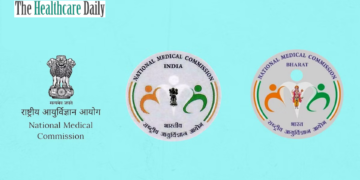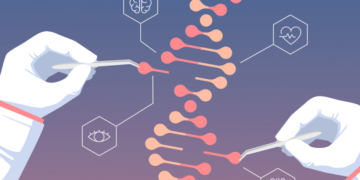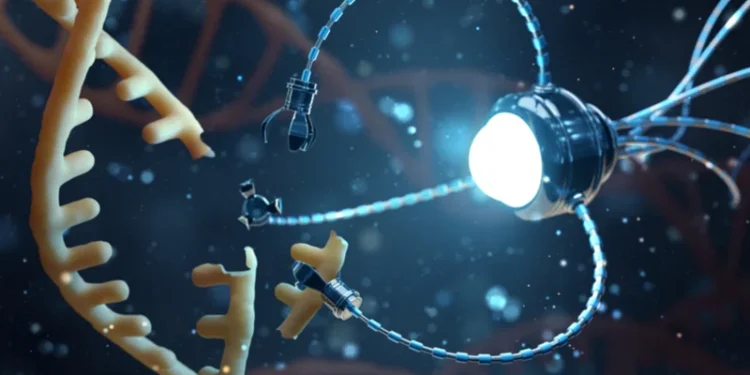In the evolving world of healthcare, two transformative fields stand out, nanomedicine and targeted therapies. While each of these domains brings its unique set of possibilities, when combined, they hold the promise of revolutionizing how we treat diseases. Nanomedicine for targeted therapies represents a powerful and precise approach to diagnosis and treatment, offering new hope for patients worldwide.
In this article, we embark on a journey through the world of nanomedicine, targeted therapies, and the exciting convergence of these technologies. Let’s start by defining nanomedicine.
What is Nanomedicine?
Nanomedicine is a multidisciplinary field that merges the realms of medicine, biology, and nanotechnology. It focuses on developing and applying nanoscale materials, tools, and devices for a wide range of medical purposes, from diagnosis to therapy. The term “nano” refers to one billionth of a meter, and at this scale, scientists can engineer materials and devices to interact with biological systems at the cellular and molecular levels.
Nanomedicine leverages the unique properties of nanoparticles and nanomaterials to achieve highly specific and efficient interactions with biological structures, often facilitating the diagnosis and treatment of diseases. The following are some key aspects of nanomedicine:
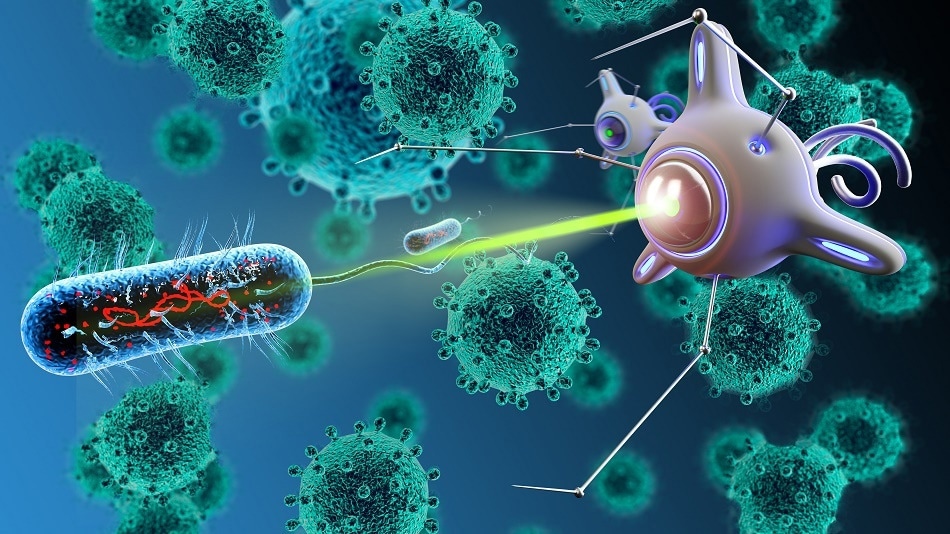
Precision in Diagnosis
Nanomedicine allows for the development of highly sensitive diagnostic tools, such as nanosensors, that can detect specific biomarkers associated with diseases. These tools enable early and accurate disease diagnosis.
Targeted Drug Delivery
One of the most remarkable applications of nanomedicine is in drug delivery. Nanoparticles can carry therapeutic agents to precise locations in the body, reducing side effects and enhancing treatment efficacy. This approach is particularly beneficial in cancer therapy.
Therapeutic Applications
Nanoparticles themselves can have therapeutic properties. For instance, some nanoparticles are designed to destroy cancer cells directly, offering a novel approach to cancer treatment.
Imaging and Visualization
Nanomedicine also plays a crucial role in medical imaging. Nanoparticles can be used to enhance imaging techniques like MRI, allowing for better visualization of anatomical structures and disease processes.
Regenerative Medicine
Nanomedicine holds the potential for creating artificial tissues or materials that can aid in regenerating damaged body parts. This has applications in wound healing, tissue engineering, and organ transplantation.
With nanomedicine, the focus is on precision, efficiency, and minimizing collateral damage, making it a promising field for the future of healthcare. Now that we’ve explored nanomedicine, let’s delve into the concept of targeted therapies.
What are Targeted Therapies?
Targeted therapies represent a revolutionary approach to treating diseases, particularly in the context of cancer. Unlike traditional chemotherapy, which affects both healthy and cancerous cells, targeted therapies are designed to selectively interfere with specific molecules and pathways involved in disease progression. These therapies are highly precise, making them more effective and associated with fewer side effects.
Targeted therapies work by identifying and exploiting unique characteristics of diseased cells, thereby sparing healthy cells. To achieve this precision, the following strategies are commonly employed:
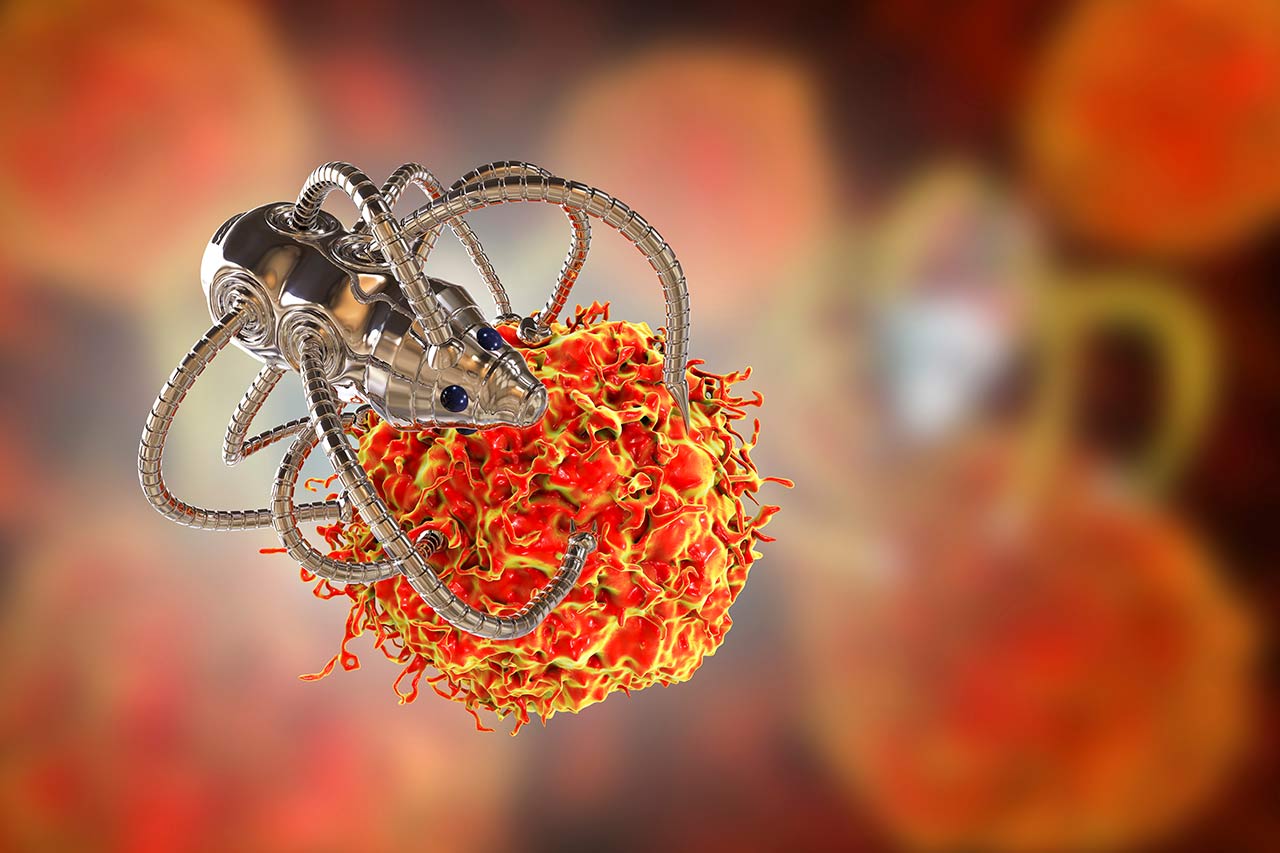
Targets
Targeted therapies focus on specific molecules that are crucial for disease development and progression. These may include proteins, genes, or enzymes.
Personalized Medicine
In some cases, targeted therapies are tailored to an individual’s genetic makeup. This approach, known as precision medicine, ensures that the treatment is optimized for a patient’s specific genetic profile.
Immune System Activation
In cancer treatment, immunotherapies are a form of targeted therapy. These therapies harness the patient’s immune system to recognize and attack cancer cells selectively.
Inhibition and Blockade
Targeted therapies may involve blocking signals that promote disease growth or inhibiting the function of molecules that sustain the disease.
The effectiveness of targeted therapies has been most prominently demonstrated in cancer treatment. Medications that specifically target cancer cells with certain genetic mutations have improved patient outcomes significantly. However, targeted therapies also hold promise in various other medical fields, including autoimmune diseases and infectious diseases.
Nanomedicine for Targeted Therapies
The synergy between nanomedicine and targeted therapies is where innovation and transformation are at their peak. This combination has given rise to a new era of precision medicine, and here’s how:
Enhanced Drug Delivery
Nanoparticles serve as exceptional carriers for targeted therapies. They can transport drugs or therapeutic agents directly to the disease site, allowing for high concentrations of the treatment where it’s needed and reducing the exposure of healthy tissues to the drug. This targeted drug delivery minimizes side effects and maximizes the therapeutic effect.
Improved Pharmacokinetics
Nanoparticles can modify the pharmacokinetics of drugs. They can extend the drug’s circulation time in the body, enhancing its overall effectiveness. Additionally, they can modify the drug’s release kinetics, ensuring a controlled and sustained release over time.
Overcoming Biological Barriers
Many diseases have biological barriers that impede the effective delivery of therapeutic agents. Nanomedicine provides solutions for overcoming these barriers. For example, nanoparticles can cross the blood-brain barrier, a significant challenge in treating neurological disorders.
Multifunctional Nanoparticles
Scientists can engineer nanoparticles to be multifunctional. This means they can carry therapeutic agents while also having diagnostic capabilities, allowing for real-time monitoring of treatment effectiveness.
Personalized Medicine
Nanomedicine for targeted therapies aligns with the principles of personalized medicine. By tailoring treatments based on an individual’s genetic profile, medical history, and disease characteristics, healthcare providers can optimize treatment plans.
Reduced Resistance
Diseases often develop resistance to drugs over time. Nanomedicine can help mitigate resistance issues by delivering multiple therapeutic agents simultaneously or using strategies that reduce the likelihood of resistance.
Applications in Cancer Treatment
Cancer treatment is an area where the synergy of nanomedicine and targeted therapies shines brightly. The applications of this combination in cancer care include:
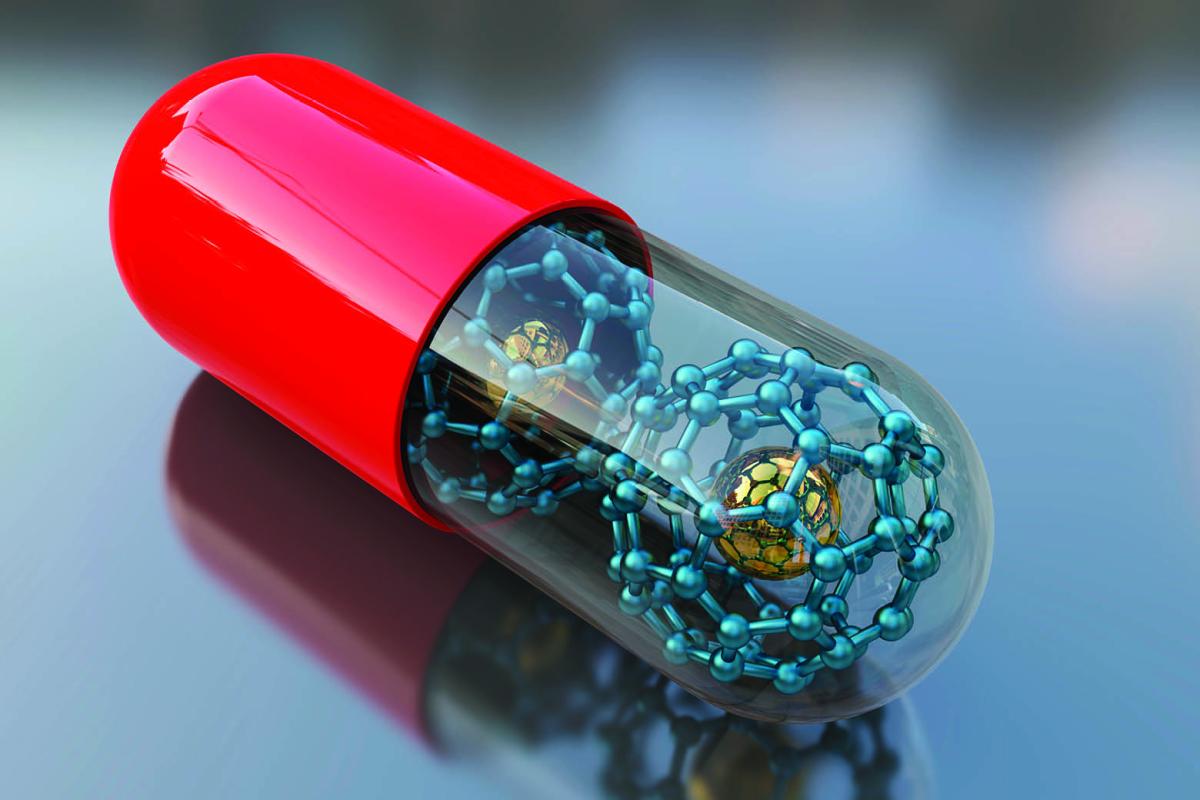
Targeted Chemotherapy
Nanoparticles are used to deliver chemotherapy drugs directly to tumour sites, minimizing damage to healthy tissues.
Immunotherapy
Nanoparticles can enhance the effectiveness of immunotherapies by delivering immune-stimulating agents to cancer cells.
Gene Therapy
In some cases, genetic alterations in cancer cells can be corrected using gene therapy delivered via nanoparticles.
Diagnostic Nanoparticles
Multifunctional nanoparticles can simultaneously diagnose and treat cancer, offering real-time monitoring and personalized treatment.
Challenges and Future Directions:
While nanomedicine for targeted therapies holds immense promise, it’s not without challenges. Here are some key considerations:
Safety
Ensuring the safety of nanoparticles used in medical applications is paramount. Researchers must address potential toxicity and long-term effects.
Regulatory Framework
The field of nanomedicine is relatively new, and regulatory bodies are continually adapting to oversee the safe and effective use of these technologies.
Standardization
Developing standardized protocols for the production and use of nanomedicine is essential to ensure consistent quality and performance.
Ethical and Legal Concerns
As with any innovative medical technology, ethical and legal considerations must guide its development and application.
As we look to the future, the convergence of nanomedicine and targeted therapies represents a dynamic frontier in healthcare. Continued research and development in this field offer new hope for patients, promising treatments that are more effective, less invasive, and tailored to individual needs. By combining the precision of nanomedicine with the specificity of targeted therapies, we are indeed revolutionizing the way we diagnose and treat diseases, ushering in a new era of healthcare where the patient is at the centre of a personalized and effective medical journey.



